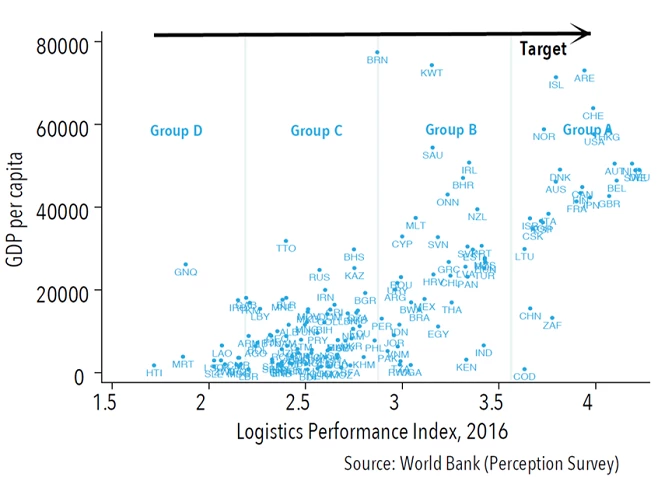
In that context, the task at hand for the Sustainable Mobility for All initiative (SuM4All) was clear: How can we work with decision-makers and the international community to transform the conversation, harness the full potential of these emerging solutions, and take on the world’s most pressing mobility issues?
To tackle these challenges, the initiative decided to focus on three essential steps:
- Aggregate global data to assess the current state of mobility and identify the most pressing issues. This was precisely the objective of the Global Mobility Report 2017.
- Chart a Global Roadmap of Action Toward Sustainable Mobility (GRA), specifying the role of key actors in that space: national and local policy-makers, development partners, the private sector…
- Mobilize new sources of financing for sustainable mobility.
Taking the pulse of global mobility
In a sector as fragmented as transport, the first priority was to bring all stakeholders around the same table. As we started this effort, it became rapidly clear that everyone was moving in different directions—sometimes even pursuing conflicting objectives. For example, some were fiercely advocating for cutting road traffic and curbing road investments to reduce GHG emissions, while others defended the role of road connectivity in promoting access to jobs and opportunity. Agreeing on a shared vision was urgently required.
Two years in the works, the 55 Member organizations have agreed on a common vision for sustainable mobility articulated around four simple policy goals: universal access, efficiency, safety, and green mobility. A growing number of them, such as IFC, IsDB, and the European Commission, have even integrated this vision into their own business strategy and investment programs.
With this framework in place, the next logical step was to assess the performance of each country against the four goals defined by SuM4All. The Global Mobility Report 2017 did just that. Looking at data from 180 developed and developing countries, the GMR made it clear that, although the situation of countries varies widely (as the following graph on logistics performance illustrates), none of them has achieved sustainable mobility so far. Building on the findings of the report, we could also cluster countries based on how close they are to each of the four goals, and develop policy packages for each group.

Moving to action
To address the gaps identified by the Global Mobility Report, SuM4All members came together to pool their expertise and propose concrete policy interventions. So far, this effort has allowed the initiative to formulate about 190 policy measures, including:
- Institutional and regulatory changes (e.g. traffic laws; laws to promote multimodal integration)
- Infrastructure programs (e.g. deploying charging stations for electric vehicles; better safety and security systems)
- Incentives (e.g. tax and pricing mechanisms)
- Communication efforts (e.g. advocacy campaigns).
Should countries implement all these measures? Of course not. The GRA builds on the idea that the policy package should be tailored to country performances. In other words, there is one package for countries that are close to the target; and this package is of course different for countries that are far away from the target.
With a solid diagnostic tool and tailored policy packages, SuM4All is well on its way to transforming global mobility. To maximize our impact on the ground, we are now working with various Green Funds to mobilize financing for sustainable mobility projects in countries.
Stay tuned for future updates as we embark on this new chapter!


Join the Conversation